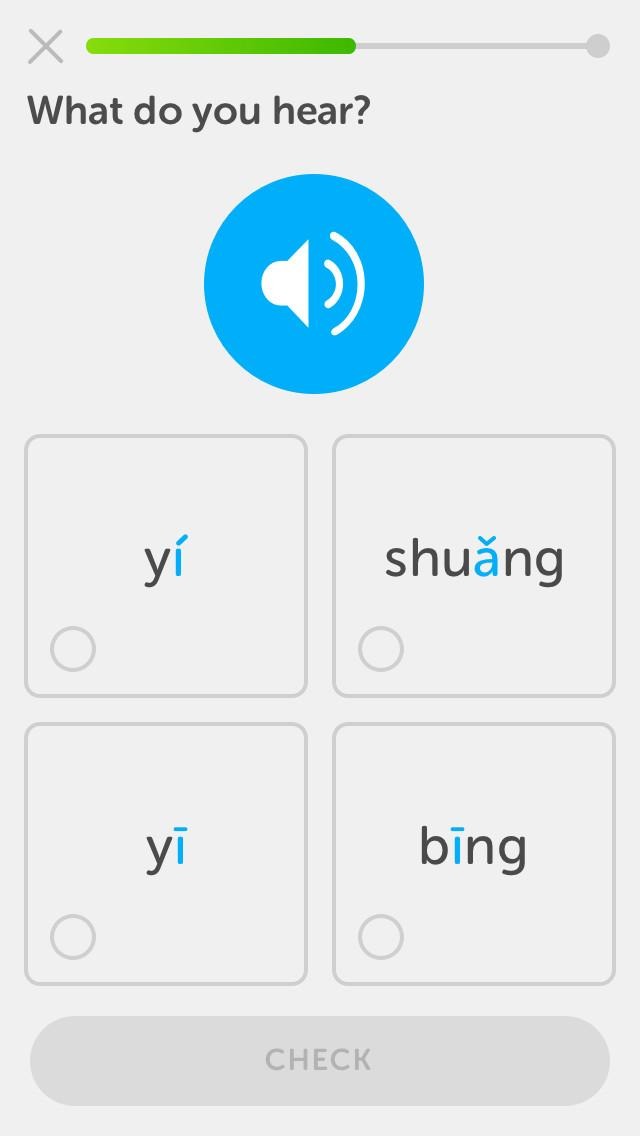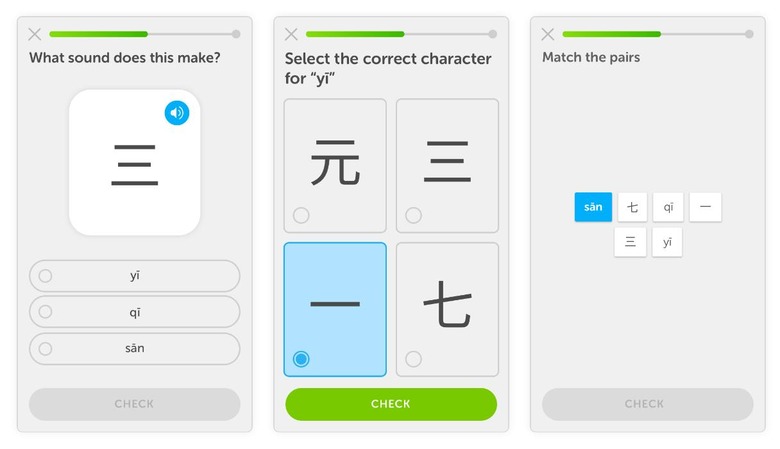Duolingo Finally Adds Chinese Course After Much Difficulty
Given its popularity and use as the lingua franca in the world, especially over the Internet, you'd think that English is the most used language in the world. Not quite. That distinction belongs to the Chinese language, spoken by nearly two billion people all over the planet. But despite having the numbers, it is considered to be one of the hardest languages to learn. Which is why, despite being the most requested language in its five years of existence, it is only now that language learning service Duolingo is able to add Chinese to its roster.
Chinese is complicated in both spoken and written forms. It is tonal, which means that the meaning of a word can change depending on how it's said. A word can have as much as four different meaning, which, when said incorrectly, could lead to awkward or funny sentences. Written Chinese also uses logograms, where symobls represent words or even whole meanings instead of single sounds. These are then sometimes combined to form a single symbol to mean something different.

Then there's the confusion around "which Chinese" is being referred to. What is commonly referred to as Chinese is often Mandarin, the official language of China and Taiwan, and spoken in Singapore and Myanmar. Writing also differs by region, where mainland China, Singapore, and Malaysia use Simplified Chinese, while Taiwan, Hong Kong, and Macau use the Traditional form.
With so many variables, Duolingo had to take its time to ensure that it delivered not just accurate lessons but useful ones as well. For the course, it has settled on teaching Modern Standard Mandarin and focuses on teaching only 1,000 important and common characters in Simplified Chinese. There's also some room for Hanyu Pinyin, which is the standard romanization for Mandarin.

But learning formal Chinese, even if backed by industry standard and official tests, is one thing. Being able to hold conversations means you also need to learn the idioms and modern uses of the language. That is why the course also tackles thematic topics like greetings, food, events, and even Internet slang so that you won't feel ill-equipped when speaking with one out of seven people in the world that speak the language.
SOURCE: Duolingo
